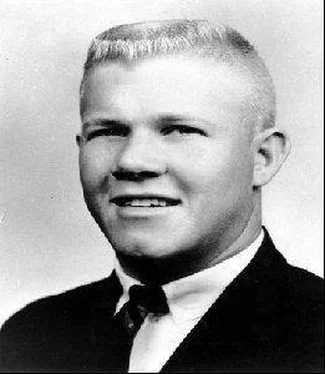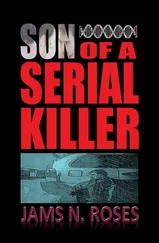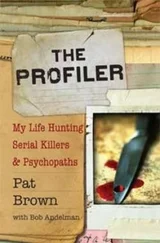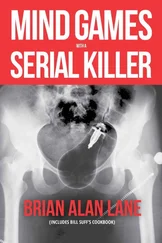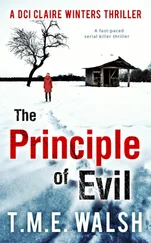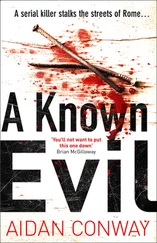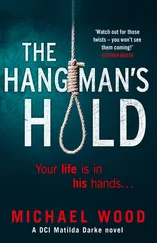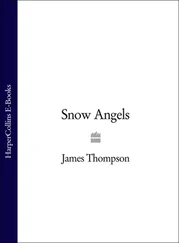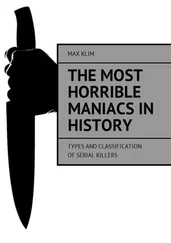According to the official data, 331 civilians and eleven commandos died. At least one surviving female hostage committed suicide after returning home. Many other survivors remained in severe shock. Some injured survivors died in hospitals.
The Russian government has been heavily criticized by many locals who, days after the end of the siege, did not know whether their children were living or dead. Human remains were even found in the nearby garbage dump several months later, prompting further outrage.
During the operation, eleven Russian Soldiers of the special groups Alpha and Vympel were killed, among them the commander of Alpha. This was the highest casualty rate ever suffered in a single engagement in the history of these units. One of their members said they’d rescued children first, and the hostage-takers had then shot at their backs; that was why they’d suffered such high losses (another commando admitted shooting children used by the terrorists as human shields). In addition, many were accidentally hit by civilian militiamen, who either fired indiscriminately or mistook them for the hostage takers. Wounds of varying severity were received by more than thirty fighters of the OSNAZ Special Forces.
In May, 2005, the only known accused terrorist to survive the Beslan massacre was Nur-Pashi Kulayev. All local lawyers refused to defend Kulayev. Albert Pliyev was appointed, reluctantly, as his lawyer. The local people at the time wanted to either lynch the defendant or sentence him to the death penalty. Over 1,340 people act as the injured party on the trial. Kulayev was charged with murder, terrorism, kidnapping, and other crimes, and pled guilty on seven of the counts. Kulayev is said to be incarcerated in a high-security prison on the small lake island of Ognenny Ostrov in the Vologda region.
As the death toll was so high, 386, the names have not been listed in this book. My prayers are with them and their families .
Afterword
In May of 2002, the Secret Service published a report that examined thirty-seven school shootings in the United States. They published the following findings:
* Incidents of targeted violence at schools were rarely sudden, impulsive acts.
* Prior to most incidents, other people knew about the attacker’s idea and/or plan to attack.
* Most attackers did not threaten their targets directly prior to advancing the attack.
* There is no accurate or useful profile of students who engaged in targeted school violence.
* Most attackers engaged in behavior prior to the incident that caused others concern, or indicated a need for help.
* Most attackers had difficulty coping with significant losses or personal failures.
* Many attackers had considered or attempted suicide.
* Many attackers felt bullied, persecuted, or injured by others prior to the attack.
* Most attackers had access to, and had used weapons, prior to the attack.
* In many cases, other students were involved in some capacity.
* Despite prompt law enforcement responses, most shooting incidents were stopped by means other than law enforcement intervention.
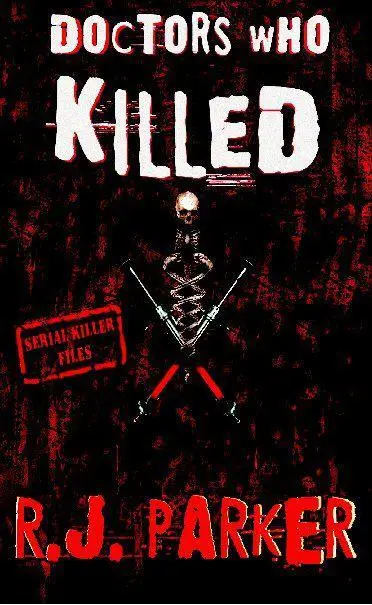
Preface
In this book, I have written about several doctors who have killed their patients, including Harold Shipman, Marcel Petiot, Michael Swango, H.H. Holmes, and John Bodkin Adams. These are only some of the dozens who have been convicted. It is amazing that these people chose a profession to help save lives, but preferred to kill.
The Hippocratic Oath is pledged by every physician, swearing to practice medicine in an ethical manner. In my opinion, doctors that kill are actually ‘Hypocrites,’ which the dictionary defines as “a person who acts in contradiction to his or her stated beliefs or feelings.” Is it not their job to curtail suffering and death? We sometimes put our lives in the hands of doctors, trusting that our best interests are the most important to them.
Thankfully, there are only a handful of doctors who have been inclined to murder their patients, and they do not represent the millions of doctors who genuinely care and uphold their oaths.
Nevertheless, it’s not only doctors who have killed in healthcare; there have been several nurses convicted for serial killing as well. Nurse Donald Harvey, for example, killed eight-seven patients and claimed that he started killing to “ease the pain” of patients, but eventually found it to be a sadistic pleasure. His methods included cyanide, arsenic, massive amounts of morphine, turning off ventilators, overdosing on insulin, adding tainted fluid to IVs gathered from patients with Hepatitis B or HIV, inserting a coat hanger into a catheter to cause kidney failure, and suffocation. Harvey is currently serving three life sentences.
Dr. Joseph Michael Swango
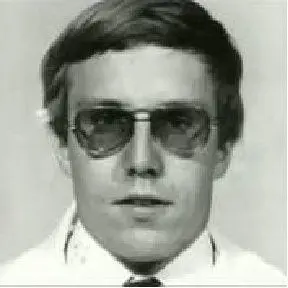
Born: October 21, 1954
Place: Tacoma, Washington
Killing Span: 1981 – 1997
Number of Killings: 60
Captured: June, 1997
Background
Michael Swango is a former licensed physician and an American serial killer. He was also known as Doctor of Death. While he was in medical school, Swango's classmates gave him the nickname "Double-O-Swango" in reference to James Bond's 007 as any patient he met would apparently die soon thereafter.
Born in Washington but raised in Quincy, Illinois, he was the middle child of Muriel and John Swango. Michael’s father was a United States Army Officer who served in the Vietnam War, and who later fell into alcoholism. Michael grew close to his mother as his father was away to war. Upon his return from Vietnam, John Swango became depressed and soon after his wife divorced him.
Michael Swango was an intelligent student in grade school. He spoke as class valedictorian in his senior year, played the clarinet, and was a member of the Quincy Notre Dame band. Post high school, he joined the U.S. Marine Corp but never saw any action, and was honorably discharged in 1976. While in the Marines, he took a great interest in physical fitness. After being discharged, he was often seen in the gym or jogging.
Medical Career, Murders
Swango enrolled at Quincy College, graduating summa cum laude . He was awarded the American Chemical Society Award and moved on to medical school at Southern Illinois University School of Medicine. It was during his time at the university that he exhibited disconcerting behavior. Although he was a bright student, he was also known to be sluggish, preferring to work as an ambulance attendant rather than focus on his medical studies. It was also noted at this time that he had an attraction to dying patients. No one thought much of it at the time, but many patients to which Swango was assigned for routine checkups ended up "coding," and suffering life frightening emergencies; five of them passed away. Swango's halfhearted approach to his studies caught up with him only a month before he was due to graduate. It was exposed that he had forged patient checkups during his OB/GYN rotation. He was almost disqualified, but was allowed to remain when one member of the committee voted to give him a second chance. At the time, a unanimous vote was mandatory for a student to be dismissed.
However, even before that happened, several students and faculty members had raised alarm about Swango’s capability to practice medicine. In the end, the school permitted him to graduate a year after his class with the stipulation that he repeat the OB/GYN rotation and complete several assignments in other specialties.
Читать дальше
